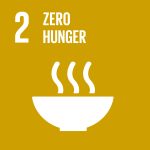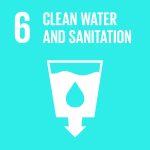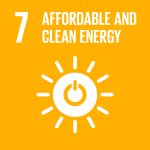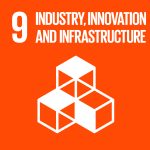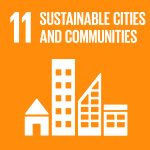Esta web utiliza cookies para que podamos ofrecerte la mejor experiencia de usuario posible. La información de las cookies se almacena en tu navegador y realiza funciones tales como reconocerte cuando vuelves a nuestra web o ayudar a nuestro equipo a comprender qué secciones de la web encuentras más interesantes y útiles.
Case studies to integrate and promote global issues in STEM education
Description
Institution
Organizations/areas of the university involved
Research Group “Engineering Sciences and Global Development” (EScGD), Universitat Politecnica de Catalunya (UPC); Escola de Cultura de Pau (School for a Culture of Peace), Universitat Autonoma de Barcelona (UAB)
Country
Spain
With the aim of integrating Sustainable Development as a cross-cutting element in all university courses in the science/technology field, the research group of Engineering Sciences and Global Development (EScGD) implemented the project “Integrate and Promote Global Issues in Scientific-Technical Education”. In the project, EScGD developed a set of teaching materials to enable professors to practically implement these transversal competences linked to the SDGs in the classroom. More specifically, the transversal competence of “Sustainability and Social Commitment (SSC)”, which comprises part of the current curriculum of the Universitat Politècnica de Catalunya (UPC; Barcelona, Spain).
These teaching materials are based on real-life experiences and are presented in the form of case studies. Each case study is made up of the following elements: (i) a description of the case study, which includes an introduction (disciplines covered and expected learning outcomes), the context from a human development perspective, two teaching activities, and all pertinent annexes; (ii) a class presentation proposal, to assist academics in presenting the context in the classroom, and a description of teaching activities; (iii) a classroom activity, designed to generate a debate around the context introduced as well as to provide the basic knowledge needed to autonomously carry out the homework activity; (iv) a homework activity, to allow the application of the technical and contextual knowledge acquired in the class; and (v) an evaluation rubric, as a useful tool to jointly evaluate the proposed activities.
In total, six case studies were prepared: (1) Tanzanian’s Rural Water Supply and Sanitation Programme: Introduction to Economy and Calculus for Engineering; (2) Algebra and Large-Scale Dam Assessment: The Case of Merowe Dam in Sudan; (3) Exploring the Use of Recycled Aggregates in Concrete Mix Proportion: An Alternative for Haiti?; (4) Widening Horizons to the Design of a Pre-Stressed Concrete Slab: A Case Study in Barcelona; (5) Dimensioning a Drinking Water Distribution Network in Collique (Lima): Introduction to the Human Right to Water and Sanitation; and (6) Multivariate Analysis and Indices Construction: Data Mining Applied to the Rural Water and Sanitation Sector in Honduras.
Results and impact measured or expected
In addition to developing these case studies, the EScGD research group accompanied personally a group of professors who implemented these materials in the classroom. From an overall perspective, further remarkably results were achieved such as: (i) facilitating the collaboration in educational projects between teachers of different subjects; (ii) extending the scope of the project to the informal education, and (iii) establishing a relationship, regarding secondary education level, with four existing networks; two of them related to STEM education and other two with NGOs.
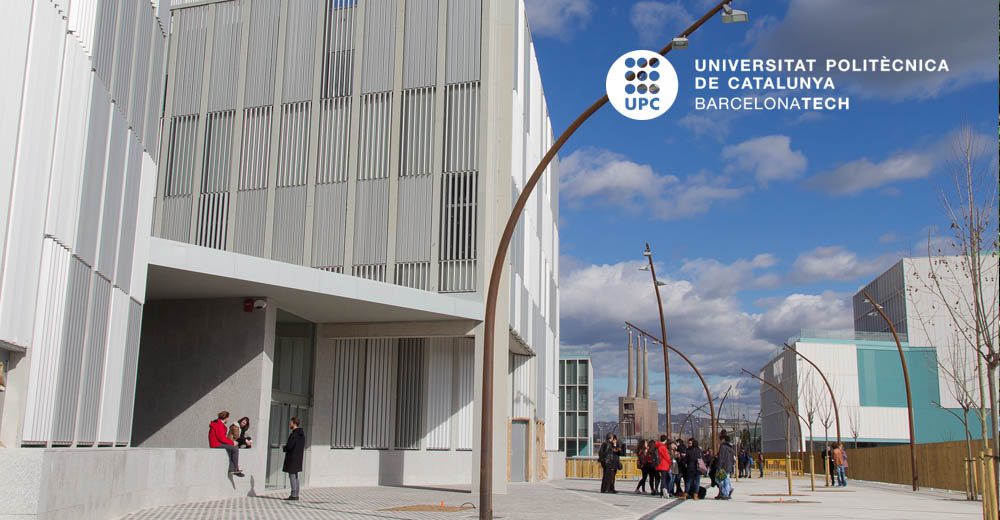
Connection with the SDG framework
All case studies were linked to different SDGs. For example,
– Case study 1: Tanzanian’s Rural Water Supply and Sanitation Programme: Introduction to Economy and Calculus for Engineering. It covered the allocation of national investments in water, sanitation and hygiene infrastructures in a developing country under different scenarios of available data (SDG 6).
– Case study 2: Algebra and Large-Scale Dam Assessment: The Case of Merowe Dam in Sudan. It covered the interdependency of water (SDG 6) with other human development aspects such as agriculture (SDG 2), energy generation (SDG 7), jobs and industry (SDGs 8, 9), and flood and drought protection (SDG 11).
– Case study 3: Exploring the Use of Recycled Aggregates in Concrete Mix Proportion: An Alternative for Haiti?. It covered the complexity of a post-disaster context (SDG 11).
Barriers and follow up
One of the case studies presented here was implemented during the 18-19 academic course, and the experience was analyzed in detail to assess the effects of the integration of Sustainable Development in regular subjects of basic engineering science. Details of this analysis are presented in Pérez-Foguet, A. and Lazzarini, B. (2019) Continuing professional education in engineering faculties: Transversal integration of sustainable human development in basic engineering sciences courses. Journal of Cleaner Production, 218, 772–781, doi: 10.1016/j.jclepro.2019.02.054.
Two of the major barriers encountered when developing and implementing these teaching materials were: (i) the large investment of time and effort it involved for academics; and (ii) the limited institutional support, which offered reduced incentives or professional training. On the other hand, the experience was positive in terms of students’ perception.
Education 4 SDG funciona gracias a WordPress
